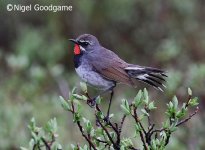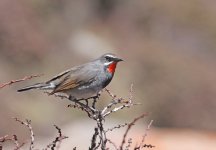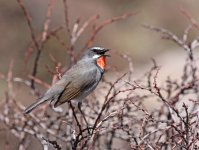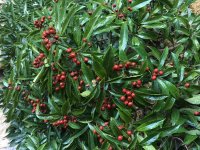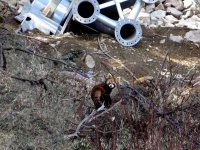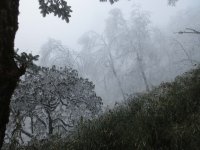MKinHK
Mike Kilburn

15 years back I heard a different story about Black Death - that it came from and remains endemic in marmots. Apparently when they are shot in Qinghai the hunter leaves the odd for 30-40 minutes so that the fleas which are the true vectors for the disease will leave in search of a new host. An early edition of the Lonely Planet guide talked of a tour group from Hong Kong becoming infected and all dying, and then being incinerated in situ to prevent any further spread.
At some stage the fleas must have transferred to rats - otherwise we'd have had swarms of giant gerbils galloping through the streets of Europe a few hundred years ago!
The Silver Oriole discovery is very exciting - a very thinly spread species - and the tragopan shots are superb!
Cheers
Mike
At some stage the fleas must have transferred to rats - otherwise we'd have had swarms of giant gerbils galloping through the streets of Europe a few hundred years ago!
The Silver Oriole discovery is very exciting - a very thinly spread species - and the tragopan shots are superb!
Cheers
Mike






